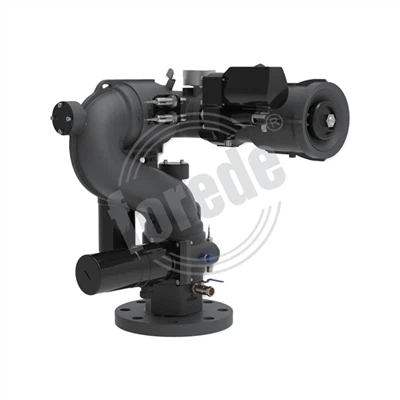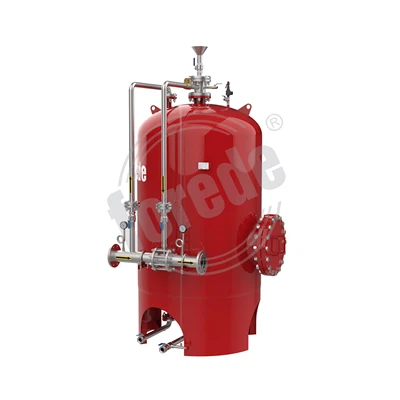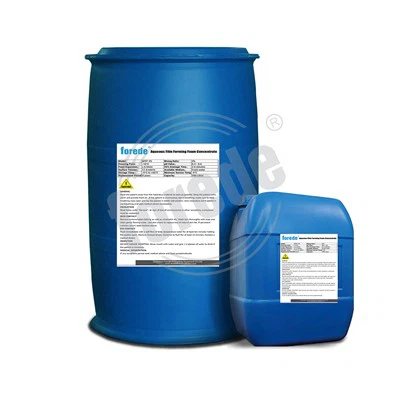1. When the flexible rubber soft connection is installed on the pipeline, it must be in a natural state, and the product must not be artificially deformed.
When the pipeline medium is special materials such as acid and alkali resistance, oil, high temperature, etc., the joint with a higher working pressure than the pipeline should be selected.
2. The flange connecting the rubber soft connection should be a valve flange or a flange conforming to GB/.1 (RF).
3. The normal applicable medium of the flexible rubber soft connection is ordinary water at 0-60°C. Special media with corrosive and hard texture conditions such as oil, acid, alkali, high temperature, etc. should be selected. It is not possible to blindly or universally use super-resistant rubber soft connections.
4. When the water inlet and outlet of the water pump are connected by flexible rubber, it should be located on the side of the water spring, and a metal reducer should be installed between the water spring and the large-diameter water outlet.
5. When the pipeline displacement is greater than or equal to the maximum compensation amount of the joint, the number of joints should be increased to make the displacement parallel. It is strictly forbidden to adjust the tolerance of the pipeline so that the joint is in the state of extreme deflection displacement and deviation, let alone exceed the limit (elongation, displacement, deflection, etc.) of the rubber soft connection. The specific installation data used is shown in the table below.
6. For high-level water supply or suspended water supply, the pipeline should be fixed on the hanger, bracket or anchor frame, and the joint should not bear the weight and axial force of the pipeline itself, otherwise the joint should be equipped with an anti-pull-off device (its bearing capacity must be greater than the axial force of the pipeline).
7. When installing the rubber soft connection, the screws of the bolts should extend to the outside of the joint, and the bolts on the end faces of each flange should be tightened repeatedly and evenly according to the oblique pressure method to prevent pressure deviation. Threaded joints should be tightened evenly with a standard wrench. Do not force the joint to slip, slip or break with a booster, and check it regularly to avoid loosening and causing disengagement or water seepage.




















